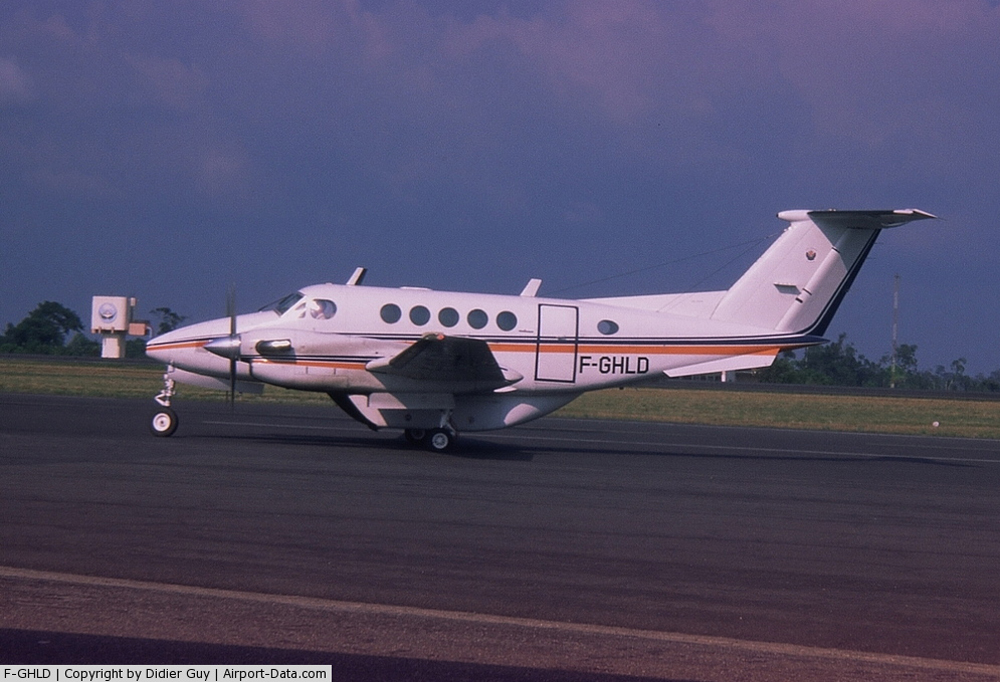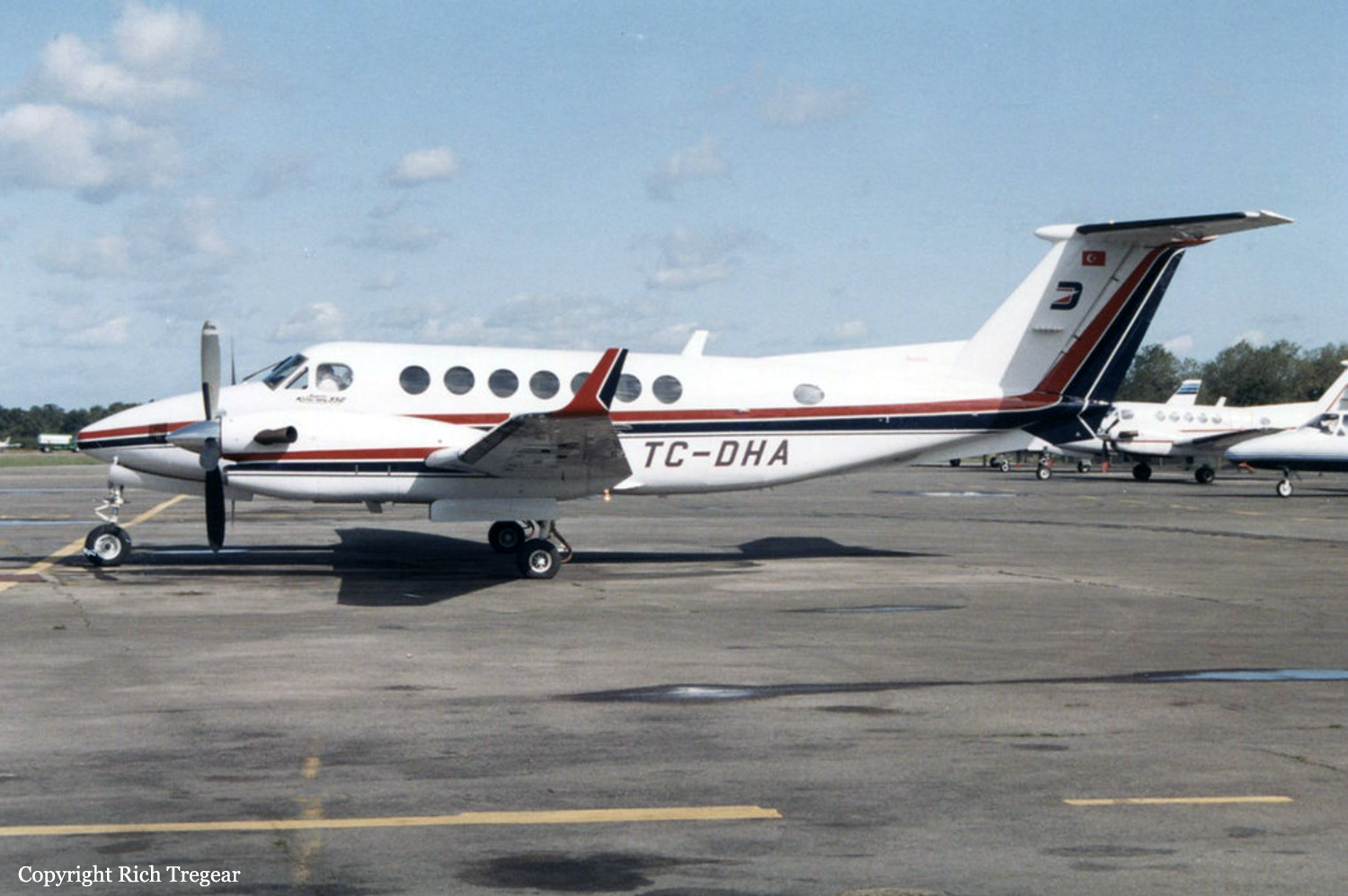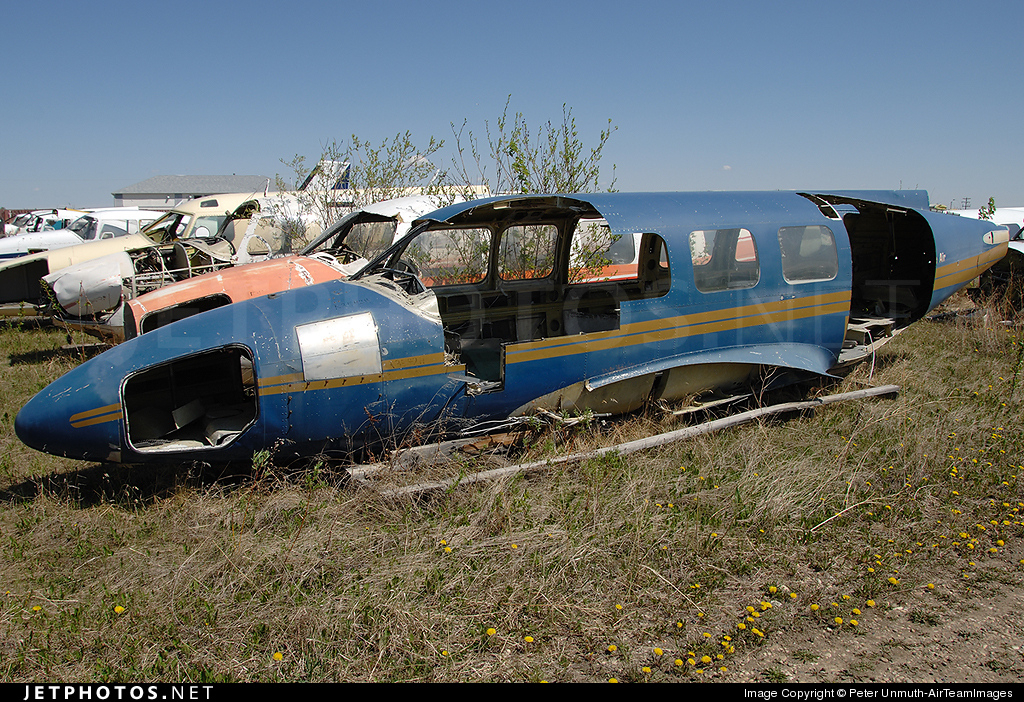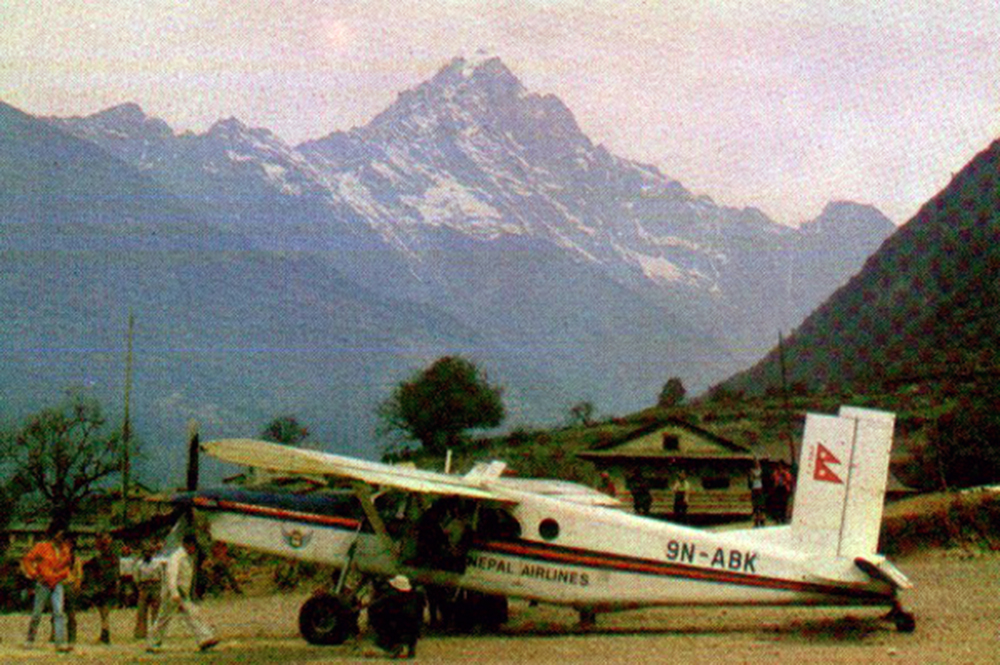Crash of a Beechcraft 200 Super King Air in Libreville: 2 killed
Date & Time:
Dec 17, 1998
Registration:
F-GHLD
Survivors:
No
MSN:
BB-233
YOM:
1977
Crew on board:
2
Crew fatalities:
Pax on board:
0
Pax fatalities:
Other fatalities:
Total fatalities:
2
Circumstances:
After takeoff from Libreville-Léon M'Ba Airport, while in initial climb, the crew reported an engine failure and was cleared to return for an emergency landing. On final approach, the aircraft stalled and crashed onto several houses located in a district few km short of runway threshold. The aircraft and several houses were destroyed but there were no casualties on the ground. Nevertheless, both pilots were killed.











